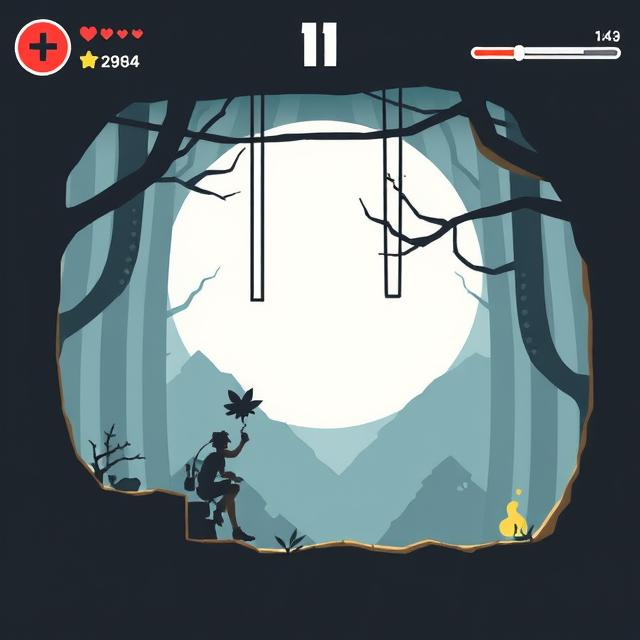Minimalist games strip away excess—leaving behind only what matters. These experiences are defined by restraint: visually, mechanically, and narratively. And yet, some of the most memorable games in the last decade have been minimal in design, but massive in impact.
Inside, by Playdead, uses no dialogue, tutorials, or HUD. Players are dropped into a haunting world and must navigate through environmental storytelling and subtle cues. Its minimalism amplifies mood, tension, and interpretation.
Celeste balances precise platforming with a stripped-down aesthetic. Its core mechanic—jumping and climbing—is elegantly simple, yet mechanically deep. The narrative is quiet but powerful, delivered through short, meaningful scenes.
Journey removes combat, inventory, and text. The game’s entire emotional arc is built on visuals, music, and anonymous multiplayer cooperation. It proves that minimal mechanics can still evoke a profound experience.
Why minimalism works:
- Focus: players aren’t distracted by UI clutter or unnecessary systems
- Clarity: goals and mechanics are intuitive and immediate
- Artistic impact: style becomes substance
- Interpretation: less exposition invites deeper personal meaning
Minimalist design requires confidence. It means trusting that less can truly be more. When done well, it doesn’t feel like something is missing—it feels like everything unnecessary was removed.






